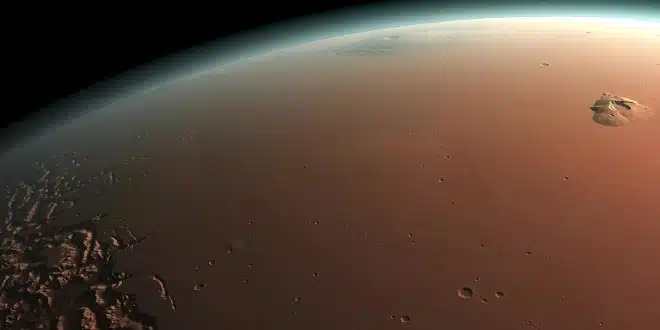Mars, often perceived as a cold and arid planet, reveals a contrasting history through recent studies and explorations. NASA’s Perseverance rover, currently investigating the Jezero Crater, has provided compelling evidence of a once water-rich environment.
The crater’s delta formations suggest that a substantial river once flowed into it, depositing sediments and forming a lake billions of years ago. This environment could have been conducive to microbial life, making it a focal point for astrobiological studies.
University of Colorado Boulder, who used computer simulations to explore Mars’ climatic past. Their models indicate that precipitation, in the form of rain and snow, played a significant role in shaping the Martian landscape.
These findings challenge the notion that melting polar ice was the primary water source, instead suggesting that Mars experienced weather patterns similar to Earth’s, with rainfall contributing to the formation of valleys and river networks.
Implications for Mars’ Habitability
The presence of sedimentary rocks and clay minerals within the Jezero Crater supports the theory of a sustained wet period in Mars’ history. These minerals typically form in the presence of water, indicating that the planet once had conditions suitable for life. The discovery of such features not only enhances our understanding of Mars’ geological past but also guides future missions in the search for signs of ancient life.
The combination of rover data and climatic modeling paints a picture of a Mars that was once dynamic and potentially habitable. As research continues, these findings will be crucial in unraveling the planet’s history and assessing its capacity to support life in the past.


